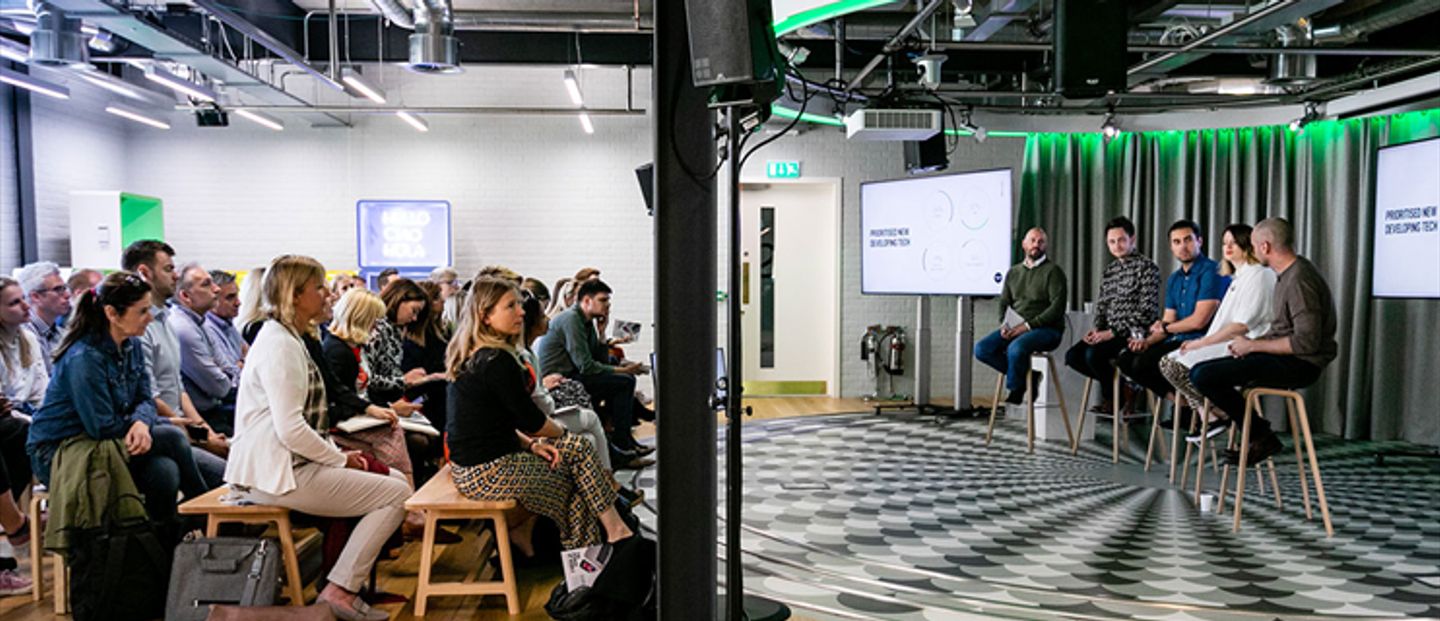Nearly all brands have the power to fundamentally transform their profitability and enhance their reputation among consumers through smarter investment in mobile.
That’s because mobile technology is not just becoming more advanced, it has also become an increasingly integral part of consumers’ lives. Mobile is a habit creator, often seamlessly facilitating new interactions in ways that consumers don’t even recognise, until one day expectations and behaviours have been entirely reset.
As a result, mobile has transformed consumer expectations of brands. It’s something that we, at George P. Johnson Experience Marketing, are increasingly conscious of when delivering client work, which is why we wanted to explore the trend at a deeper level. Our research into the power of mobile found 93% of C-Suite executives believe mobile-first businesses, like Uber and Amazon, have changed customer expectations. The convenience they offer is causing consumers to look for the same levels of service and functionality from more traditional businesses, who are frequently struggling to match these expectations.
These businesses need to innovate, and mobile has a crucial role to play. As with any tech, successful mobile adoption of all types requires a test and learn approach in order to effectively innovate. Live, face-to-face environments provide the ideal setting. We know via our own insight gathering that understanding consumer needs, then testing in smaller groups to gain feedback in the live environment, before moving onto prototyping, is an approach brands are increasingly advocating.
Great app-spectations
Ever-evolving technology and the introduction of an ‘there’s an app for that’ culture have changed the behaviours and attitudes of people, and perhaps even more importantly in a competitive business environment, their expectations too. With consumers aware there’s always an easier, better way to do something businesses are on the backfoot.
Why is this important to companies? Well, expectations are inextricably linked to consumer satisfaction. If you receive something better than you expected, you’re more likely to tell others about it. If the product or service is below your expectations, you’re much more likely to tell people how negative the experience was and warn them off.
Expectation is a one-way street. It’s not so easy to go back to the way things were. As Jerry Seinfeld famously said: “I love Amazon 1- Click ordering. Because if it takes two clicks, I don’t even want it anymore”. Once you’ve comfortably ordered an Uber from the warmth of indoors with a convenient countdown, it’s hard to go back to flagging a taxi down in the wind and rain.
Mobile has changed the way we live
Whether you agree with it or not, you only need to think back to, or look at, images of audiences twenty years ago, to understand how integral mobile phones are to the way people interact with the world today. What used to be thousands of lighters held aloft in a health and safety officer’s living nightmare has now been replaced by a similar level of illumination from thousands of mobile phones swaying in unison.
This example is just one of many ways in which mobile technology has transformed the way we live – how we order taxis, buy groceries, make plans and get out of plans. A slow, creeping change of behavior which you don’t really notice until your device is on the blink.
Brands that fail to capitalise on this new landscape or state of play risk losing out to competitors that are quicker to create a new habit. Behaviours built on a lack of friction are hard to go back from because the software is often designed to give users mini-dopamine hits, making interaction addictive. Our research saw an overwhelming 92% of respondents saying they planned to increase spend on mobile. Many clearly view it as a competitive imperative.
It’s not easy being easy
But obviously having a best-in-market mobile experience is easier said than done. There are a number of barriers holding companies back. In our survey the state of existing IT architecture (26%), a lack of confidence in new tech (24%), and a lack of speed/ time taken to reach return on investment (21%) were all cited as challenges. One way of overcoming these barriers is to start small, in a controlled environment to test and learn, quickly and with agility.
Jake Morris, Programme Lead, Mobile, Commercial Banking for RBS told us: “We’re increasingly adopting an approach that might be more associated with an agile start-up rather than a big corporate. When we launched our app, we went to 100 people, and we met probably 25% of them face-to-face.” It’s that focus on starting small and meeting people face-to-face that makes live experience a perfect test bed for innovating a brand’s mobile experience.
The quicker a brand can adopt a mobile-first mindset and start testing in live environments, the faster they can create expectations of their own.
By Matt Box, Senior Strategist at George P. Johnson and as featured in Mobile Industry Eye.
